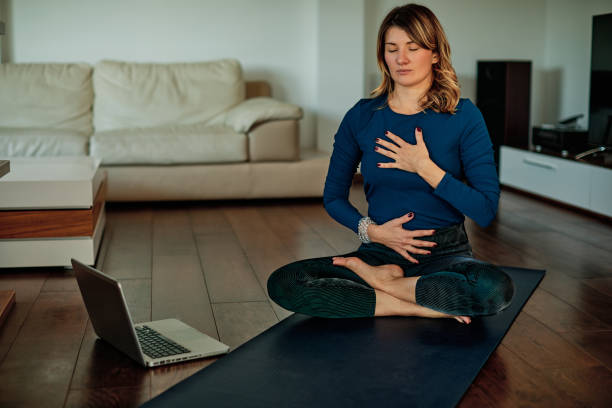Meditation Techniques for Beginners
In a world full of constant distractions, stress, and digital overload, meditation offers a much-needed pause. It’s a powerful practice that helps calm the mind, improve focus, and promote emotional well-being. But if you’re new to meditation, it can feel intimidating or even confusing.
The good news? Meditation is simple, accessible, and anyone can do it—even if you’ve never tried it before.
This beginner-friendly guide introduces some of the most effective meditation techniques to help you get started and find a practice that suits your lifestyle and personality.
1. Mindfulness Meditation
Best for: Daily stress relief and mental clarity
How to do it:
Sit comfortably and close your eyes.
Focus on your breath as it moves in and out.
When your mind wanders (and it will), gently bring your attention back to the breath.
Start with 5–10 minutes and build up gradually.
Why it works:
Mindfulness teaches you to stay present without judgment. It improves concentration and reduces anxiety by training your awareness.
2. Body Scan Meditation
Best for: Relaxation and connecting with your physical self
How to do it:
Lie down or sit in a quiet space.
Slowly bring attention to each part of your body, from your toes to your head.
Notice any tension or sensations without trying to change them.
Why it works:
Body scan meditation helps reduce physical stress and promotes better sleep. It’s also great for reconnecting with your body after a long day.
3. Focused Attention Meditation
Best for: Improving mental discipline
How to do it:
Choose a focal point (your breath, a candle flame, or a mantra).
Keep your attention on that single point.
Gently return your focus whenever your mind strays.
Why it works:
This technique enhances your ability to concentrate, and it’s especially helpful if you struggle with a racing mind or short attention span.
4. Mantra Meditation
Best for: Creating a sense of rhythm and calm
How to do it:
Choose a word, phrase, or sound (like "Om" or "Peace").
Sit comfortably and repeat it silently or aloud in a steady rhythm.
Focus your awareness on the vibration and rhythm of the mantra.
Why it works:
Repeating a mantra can quiet inner chatter and create a deep state of tranquility. It’s often used in spiritual and cultural traditions.
5. Walking Meditation
Best for: People who find it hard to sit still
How to do it:
Walk slowly and deliberately in a quiet space.
Focus on the sensation of your feet touching the ground.
Sync your breathing with your steps and stay fully present in the movement.
Why it works:
This active form of meditation blends mindfulness with motion, making it perfect for those who feel restless during seated meditation.
6. Loving-Kindness Meditation (Metta)
Best for: Enhancing compassion and emotional well-being
How to do it:
Sit quietly and repeat phrases like: “May I be happy. May I be healthy.â€
Gradually extend these wishes to others—friends, strangers, even people you dislike.
Focus on generating genuine feelings of love and kindness.
Why it works:
This heart-centered practice reduces negative emotions like anger and resentment while boosting empathy and emotional balance.
7. Guided Meditation
Best for: Beginners who want step-by-step support
How to do it:
Use an app, YouTube video, or meditation podcast.
Follow the spoken instructions to relax, breathe, and visualize.
Choose themes like stress relief, sleep, or self-love.
Why it works:
Guided meditations provide structure and make it easier for beginners to stay focused and engaged.
Tips for Getting Started
Start small: Just 5 minutes a day is enough to begin.
Be consistent: Make meditation a daily habit—same time, same place.
Don’t aim for perfection: Wandering thoughts are normal. Gently bring your focus back.
Use tools: Try apps like Headspace, Calm, or Insight Timer.
Create a peaceful space: A quiet, comfortable corner can help set the mood.
Final Thoughts
Meditation isn’t about emptying your mind—it’s about becoming more aware of it. With practice, you’ll feel more centered, resilient, and in control of your inner world. Try a few techniques and see what works best for you. The most important thing is to start, even if it's just for a few minutes a day.
Your mind—and your body—will thank you.




